Celebrated photographer Sebastião Salgado has died after more than 50 years of committed documentary work; here BJP draws on past interviews to give an insight into his approach
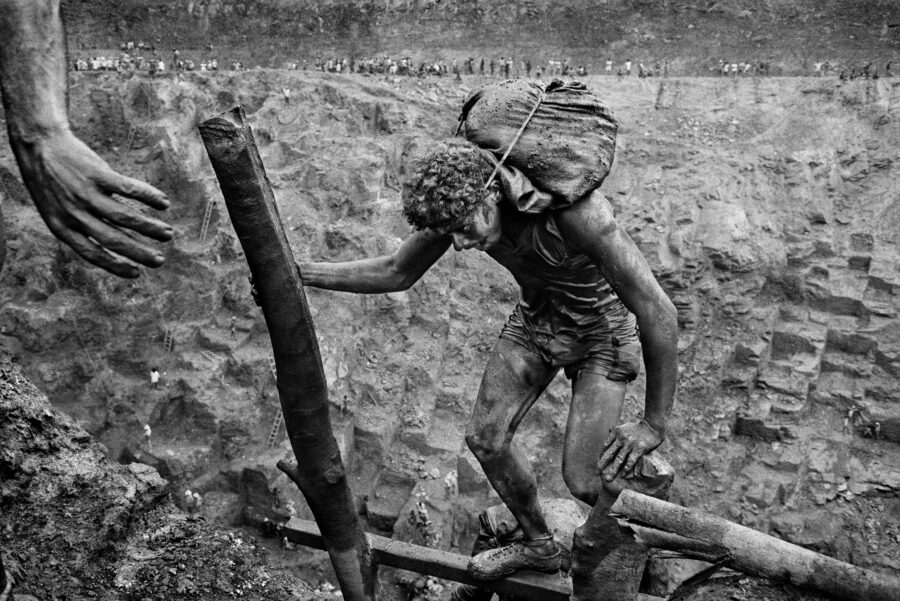

Celebrated photographer Sebastião Salgado has died after more than 50 years of committed documentary work; here BJP draws on past interviews to give an insight into his approach
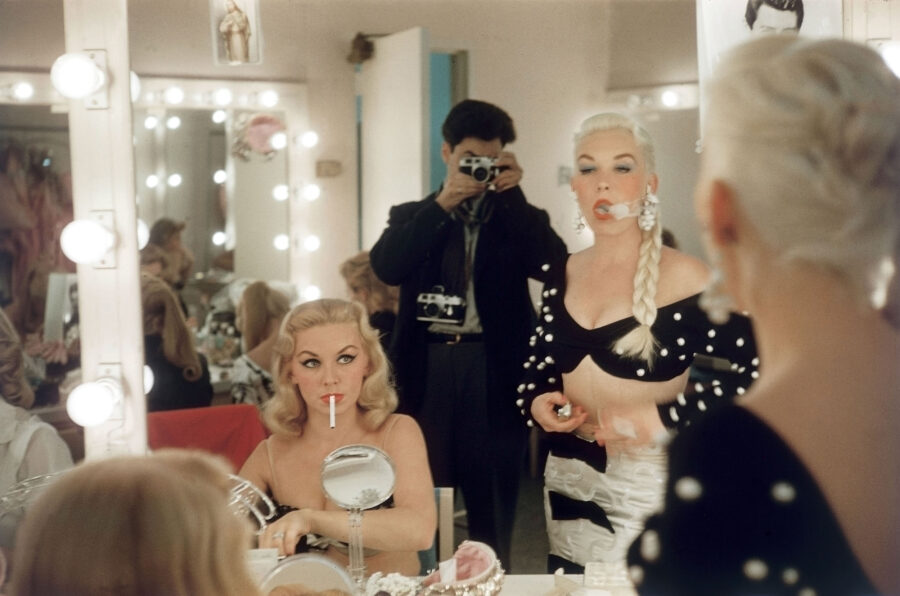
A new retrospective of the American photographer brings his works into conversation with those of French sculptor Aristide Maillol, while also surveying his eye for dogs, double acts, and life’s “charming parallels”
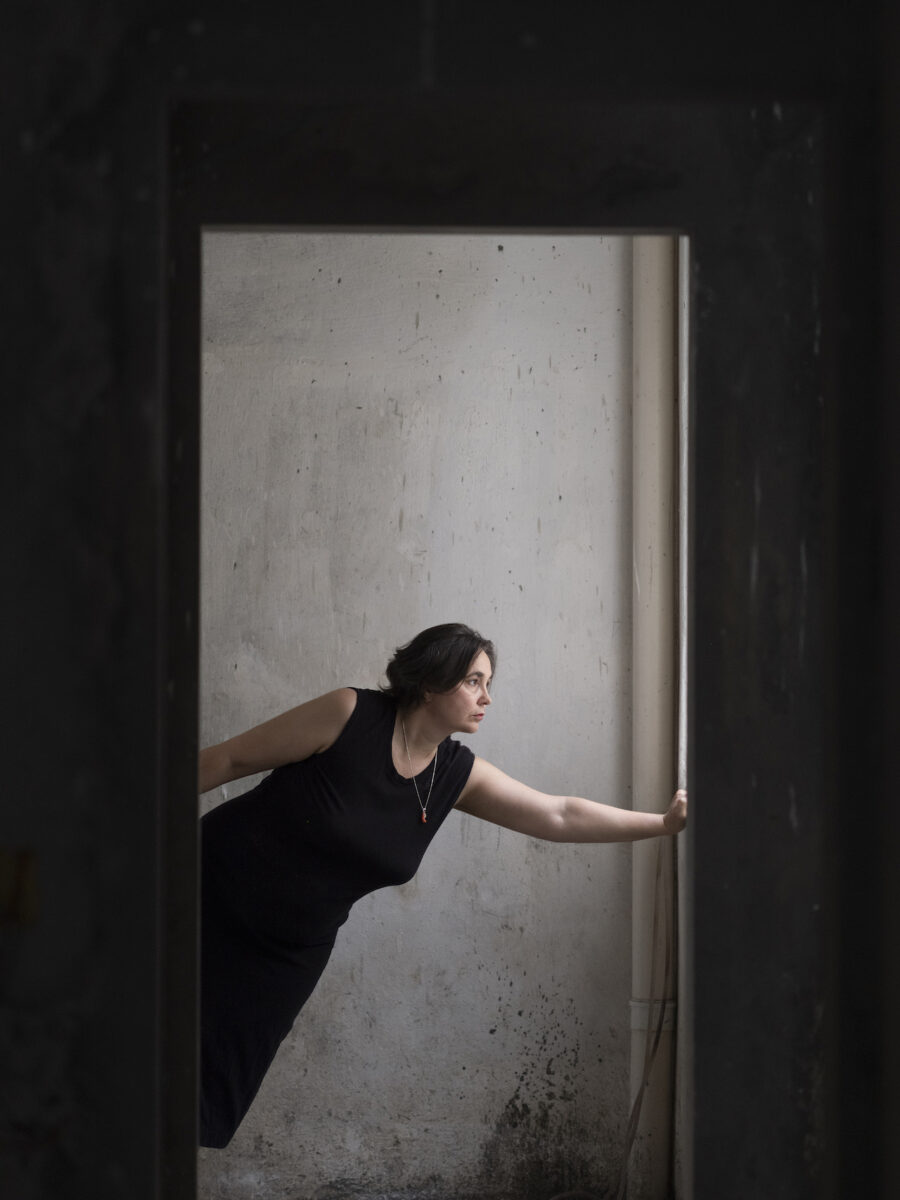
The current president of Magnum Photos reflects on her life, work, and the state of photojournalism today
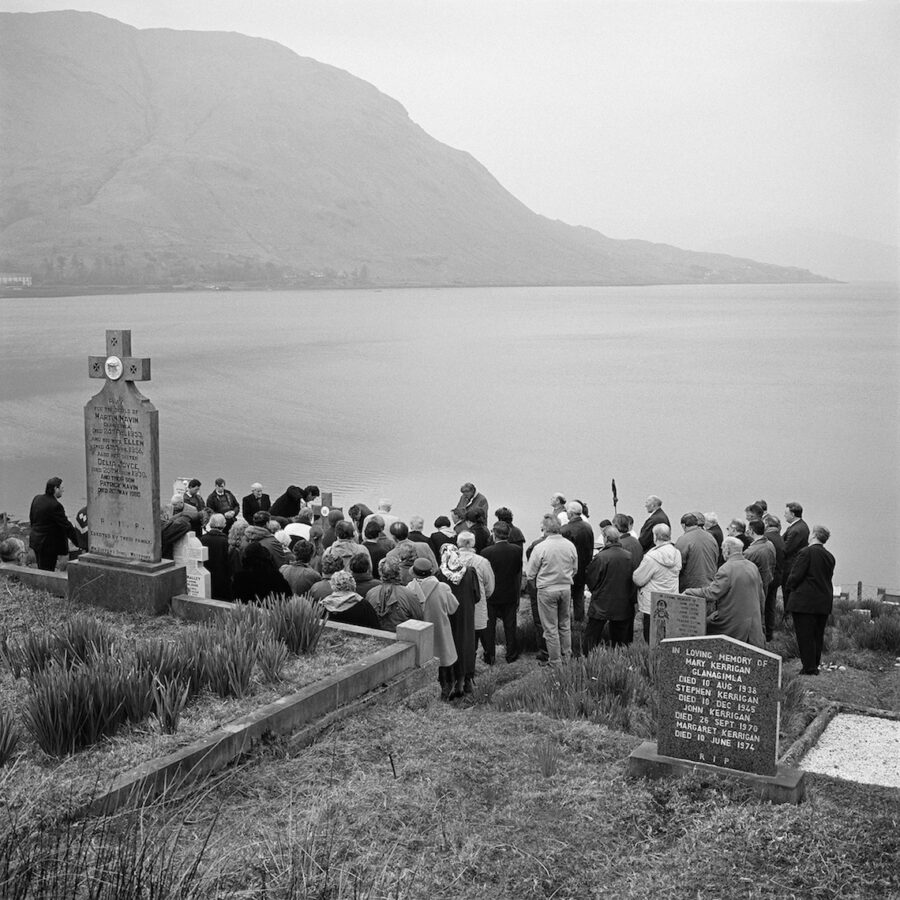
The Magnum photographer talks to Ravi Ghosh about reissuing The Shipping Forecast, his seminal book navigating the British Isles’ 31 sea areas
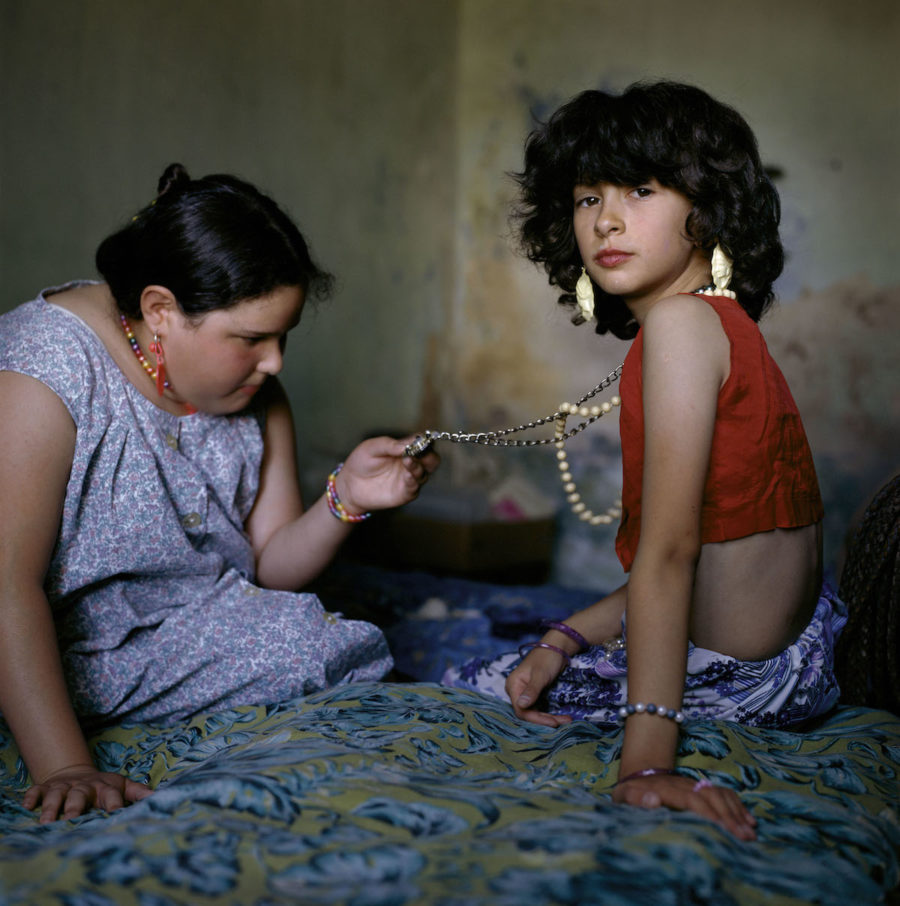
Twelve women photographers, both current and former Magnum members, meditate on process in an expansive exhibition at the International Center of Photography
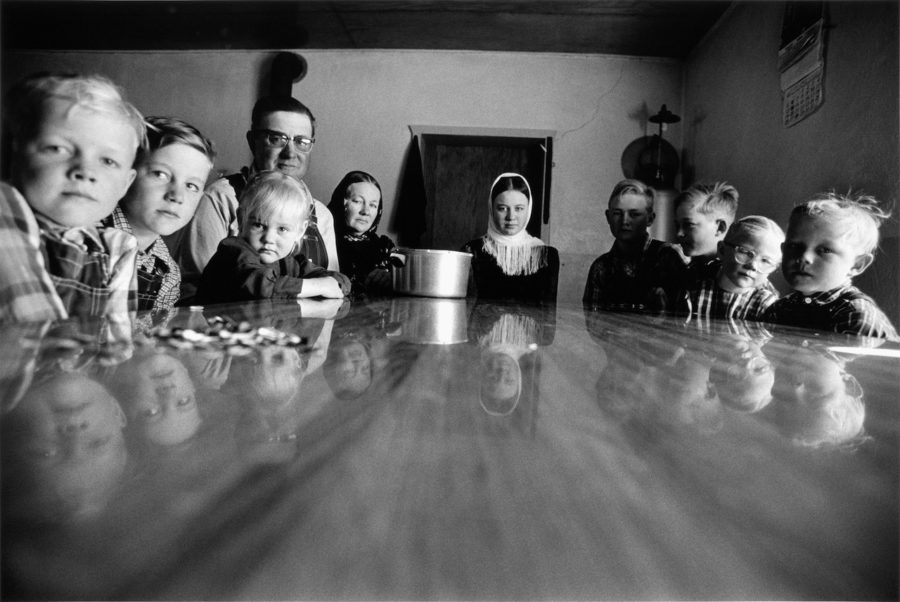
Larry Towell knew little about the Mennonite people when he arrived in the fields of south-west Ontario in the early 90s. Slowly, he befriended the community, and documented their lives for almost a decade
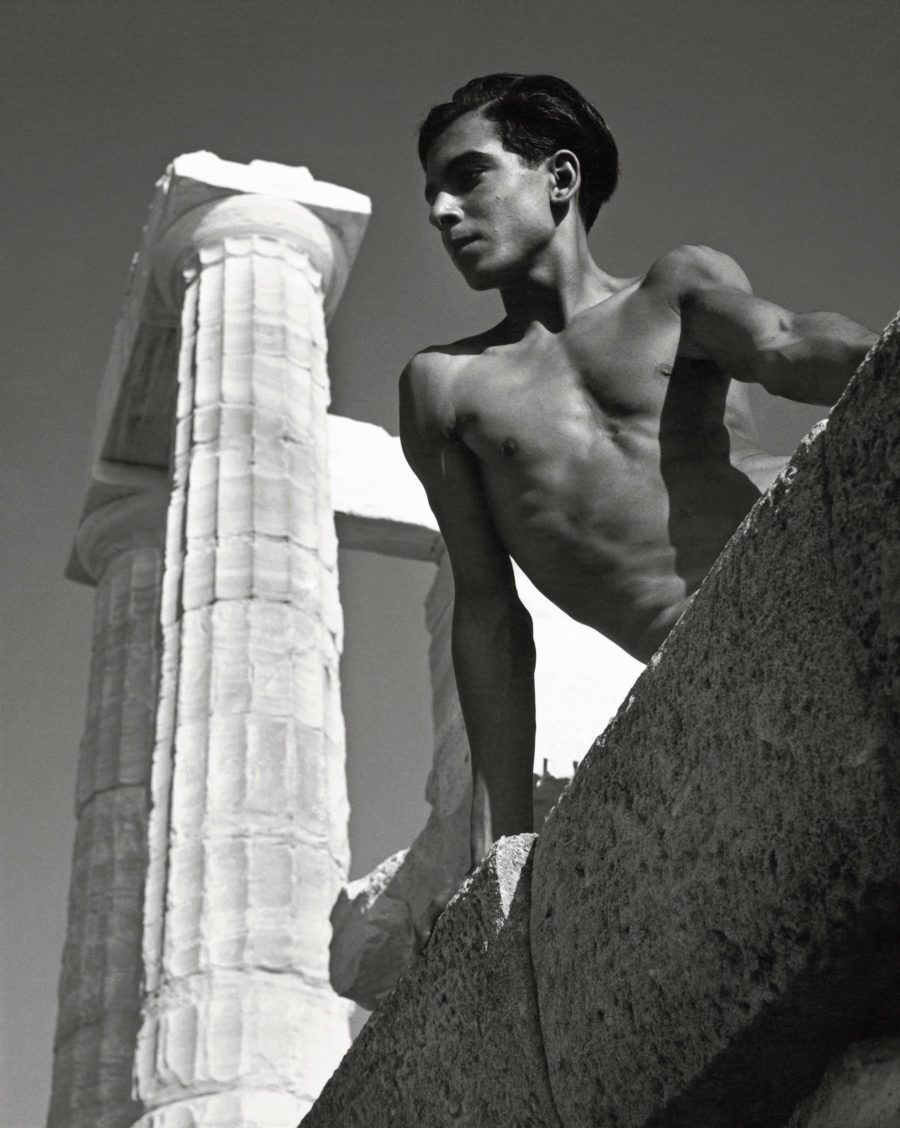
One of 12 exhibitions now open at Triennial of Photography Hamburg, this retrospective explores the varied career of Magnum photographer, the late Herbert List
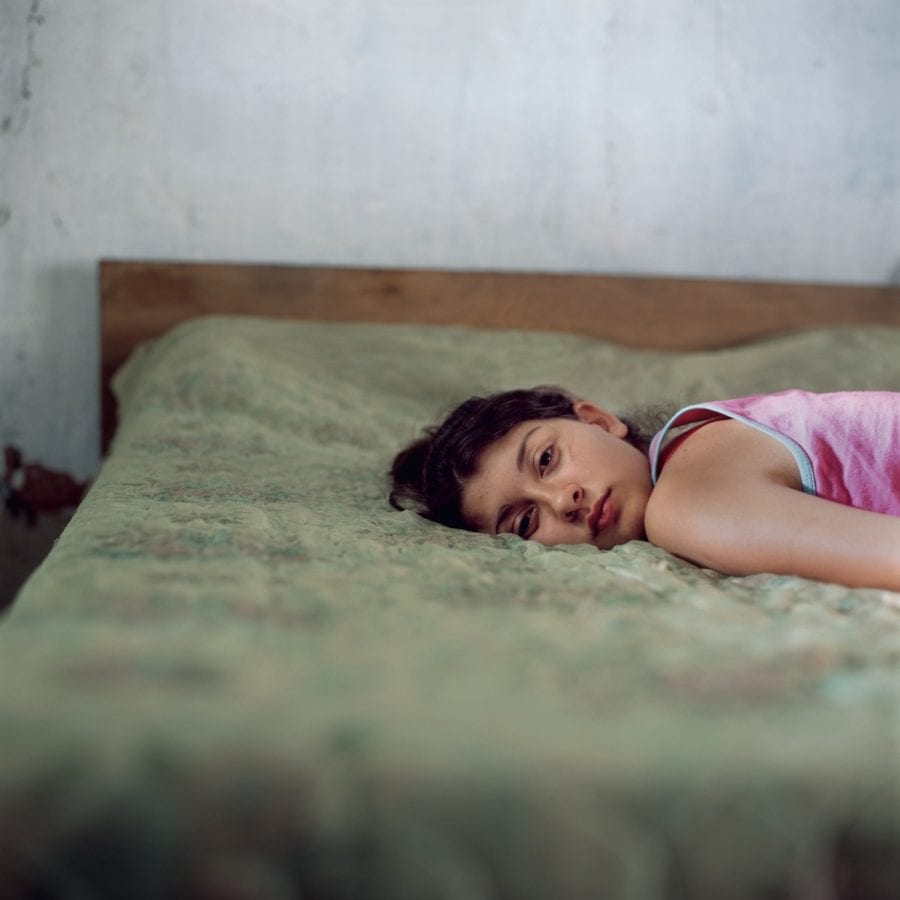
“Time is like another character in this work. How much can you control who you become?”
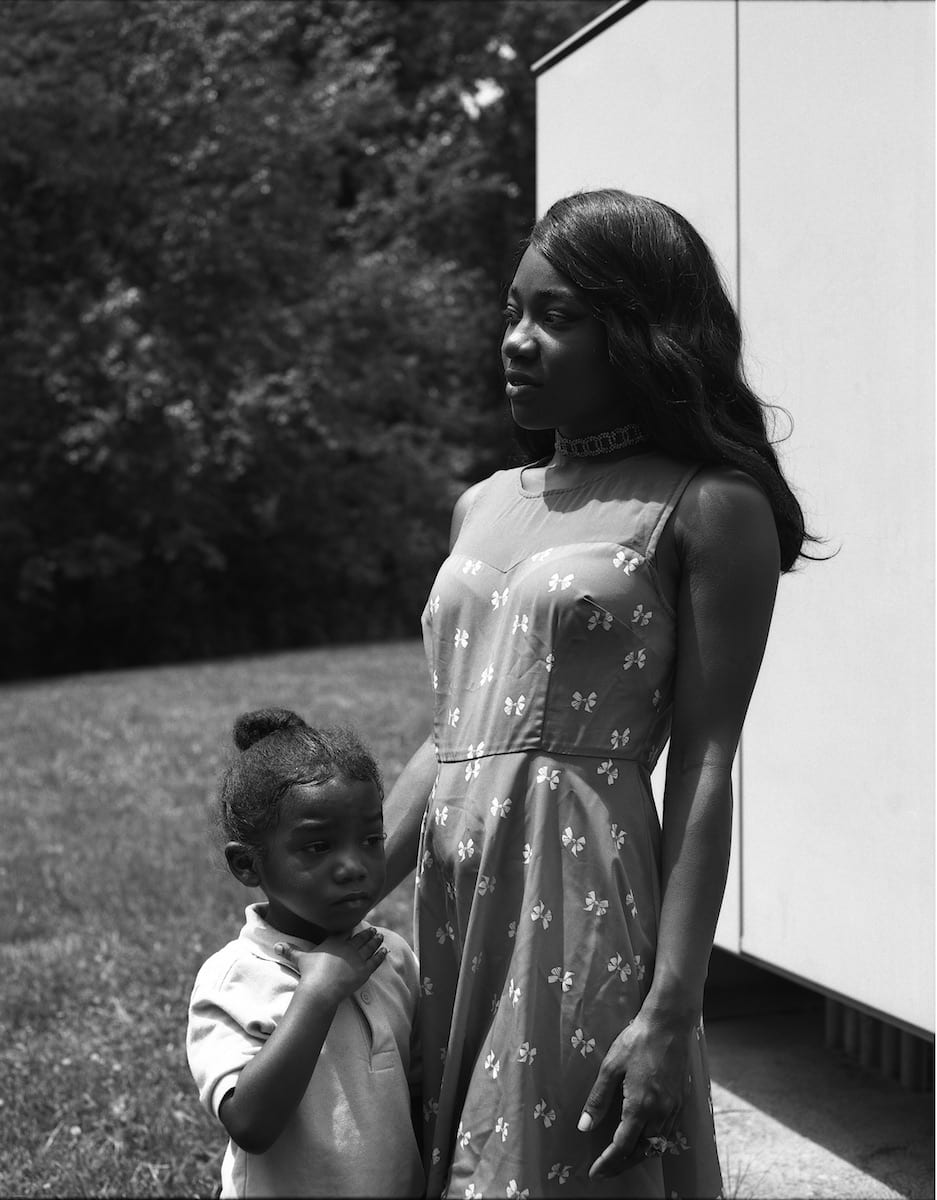
Newly nominated to Magnum Photos, Price unpacks notions of identity and perception in the realm of photographs, the real world, and beyond